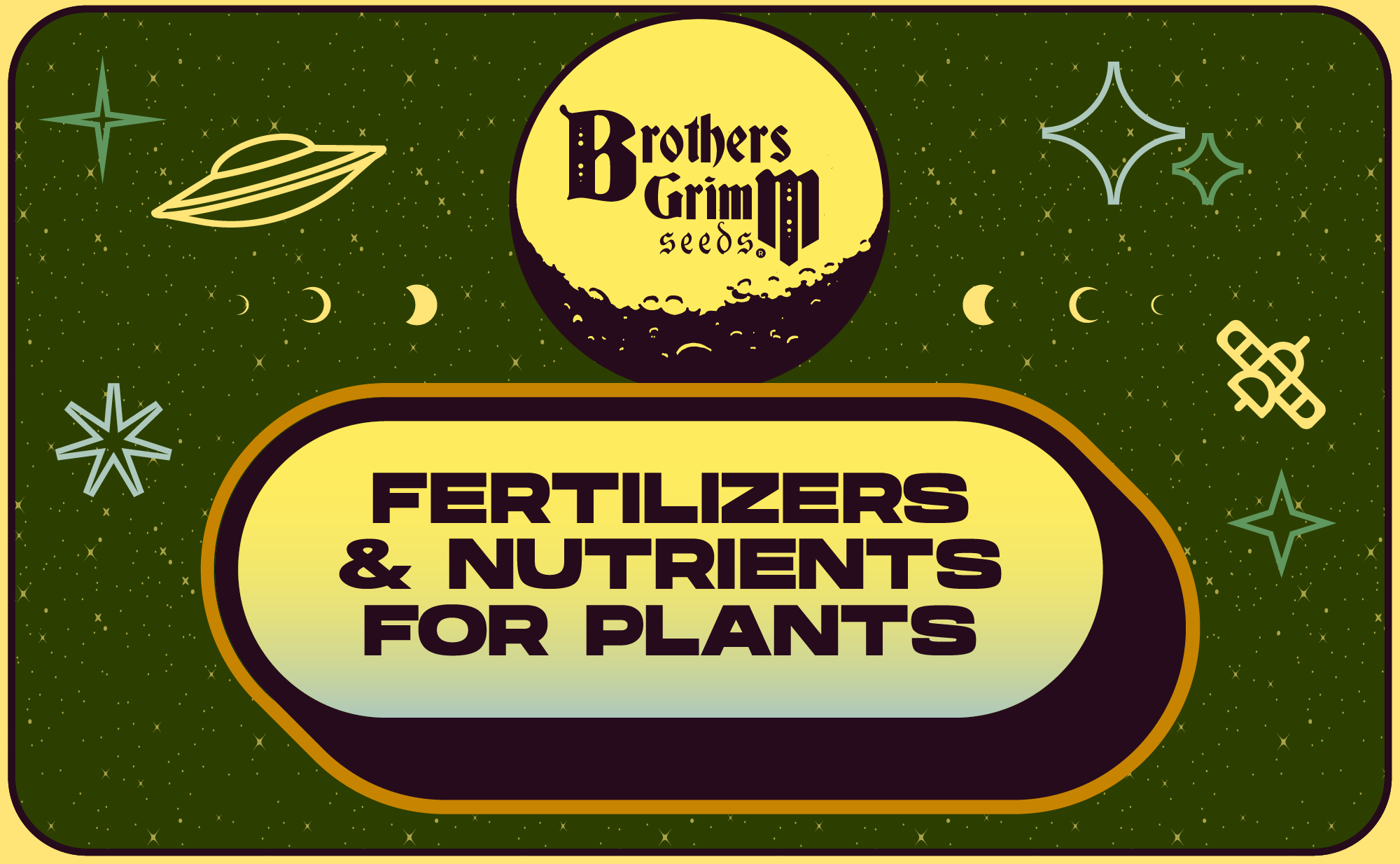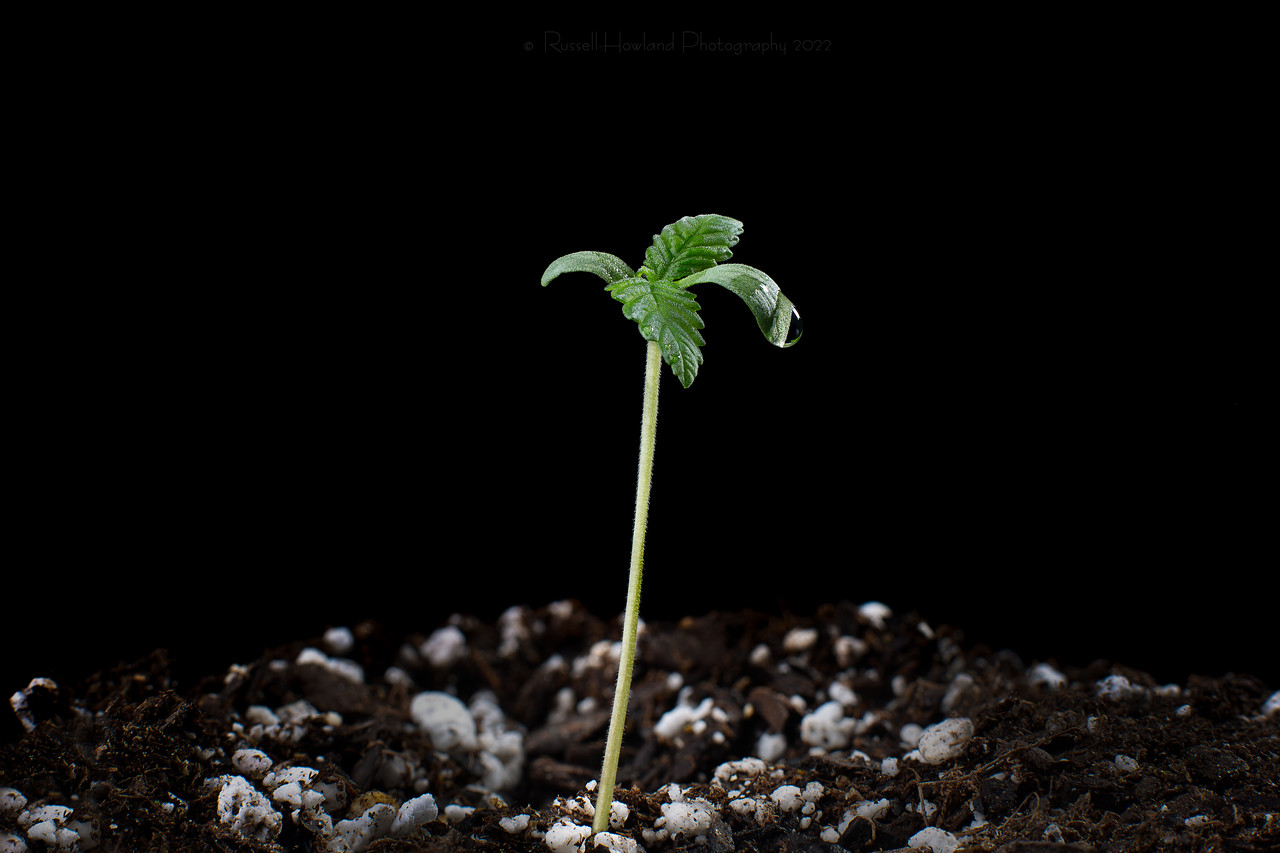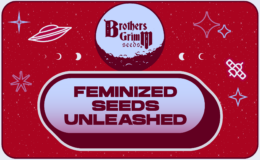The best fertilizers for plants and autoflowers will provide a balance of the three primary nutrients that plants need to grow: nitrogen, phosphorus, and potassium. These nutrients are collectively known as NPK. Fertilizers are specialized mixtures designed to provide essential elements crucial for plant development, and they can be manufactured through various methods, including chemical synthesis, mining, and organic decomposition. If you’re new to the world of cultivation, the array of fertilizer and nutrient options might seem overwhelming. Don’t worry; you’re not alone. Both novice and seasoned growers often seek out new fertilizers to enhance their homegrown, and there are hundreds of brands competing for your business.
Choosing the perfect fertilizer doesn’t need to be hard. Below, you’ll find a curated list of plants and autoflower fertilizers and nutrients to consider as you embark on your cultivation adventure. They are in no particular order, and we encourage you to research them all.
List of the best fertilizers and nutrients for plants and autoflowers:
- Roots Organics
- King Solomon
- E.B. Stone Organics
- Dr. Earth
- TPS Nutrients
- Earths Original Organics
- Green House Feeding
- Green Planet
- Open Sesame
- Gaia Green
- House and Garden
- Nectar for the Gods
- Down to Earth
- Mammoth
- Gold Leaf Liquid Fertilizer
- True Organics
- Neptune’s Harvest
- Athena
- Bloom City Organics
- Lotus
- Dyna Grow
- Bokashi Earthworks
- Biobizz
- FOOP
- Organics Alive
- CANNA
- Gowd
- Jacks
- Front Row Ag
- Bioworks Verdanta
- Growers Secret
- Natures Safe
- Mills
- New Millennium
- Cutting Edge Solutions
To find these brands online, search their brand name with the word “fertilizer” next to it on your favorite search engine. Of course, not all products will be at your local store, so online can be a helpful process.
As for the distinction between fertilizers for the vegetative and flower phases of growing, it relates to the varying nutrient requirements of the plant at different stages of its life cycle. During the vegetative phase, plants focus on growing leaves, stems, and branches. They require higher levels of certain nutrients, particularly nitrogen (N), phosphorus (P), and potassium (K), often referred to as N-P-K ratios.
A typical N-P-K ratio for the vegetative phase might be 3-1-2, emphasizing nitrogen for robust vegetative growth.
In the flowering phase, the plant shifts its energy towards producing flowers (buds). During this stage, plants require different nutrient ratios. Phosphorus and potassium become more crucial for flower development, while nitrogen needs decrease. A common N-P-K ratio for the flowering phase might be 1-3-3, emphasizing phosphorus and potassium for bud development and maturation.
The change in nutrient requirements is reflected in specialized fertilizers designed for each phase. Vegetative fertilizers are formulated to provide the nutrients needed for lush, green growth, while flowering fertilizers are tailored to support the development of dense, resinous buds.
Discovering the ideal fertilizers for your plants is a pivotal step in cultivating a thriving garden. The key lies in achieving a harmonious balance of the three primary nutrients that all plants crave for robust growth. As mentioned before, nitrogen, phosphorus, and potassium, collectively known as NPK.
In the realm of cultivation, there are fertilizers tailored specifically for the vegetative and flowering phases. Following recommended dosage guidelines is paramount for success. Some fertilizers consist of multiple liquid bottles, each requiring precise mixing based on the plant’s age. Others simplify the process with just two liquid bottles, one for the vegetative phase and one for flowering. You’ll also encounter dry powder fertilizers, available in both synthetic and organic varieties.
You may be wondering how fertilizers are typically made. Here’s how:
1. Mining: Some fertilizers, like phosphorus-based fertilizers (e.g., phosphates), are obtained from natural mineral deposits through mining. These minerals are processed to extract the desired nutrients.
2. Chemical Synthesis: Many synthetic fertilizers are created through chemical processes. For example, ammonia, which contains nitrogen, is a common starting point for nitrogen-based fertilizers. It can be synthesized through the Haber-Bosch process, which combines atmospheric nitrogen and hydrogen.
3. Organic Sources: Organic fertilizers are derived from natural sources such as compost, manure, bone meal, and fish emulsion. These materials undergo decomposition or processing to release nutrients gradually.
What’s your favorite fertilizer? Comment and let us know down below in the comment section.
Don’t forget to bookmark this page and check back for updates!








Dennis Thompson
November 1, 2023 2:27 pmHigh ? ( I am just hit a few B hits of apollo nwhat a way to start the day.
I was just wondering, is there any where to share notes with other testers? I love your genetics the only seeds I have been growing come from BGS or SSSC in Amsterdam you are both consistent and reliable
I guess I’m a 62 yr old Fanboy.
you make the magic beans and Ill grow the giant bean stalk
Jerry-Dylan
November 15, 2023 6:49 pmI’ve been stuck on foxfarms products for a moment! I’m not opposed to new products…
Out if this list… what would be the easiest on the budget?